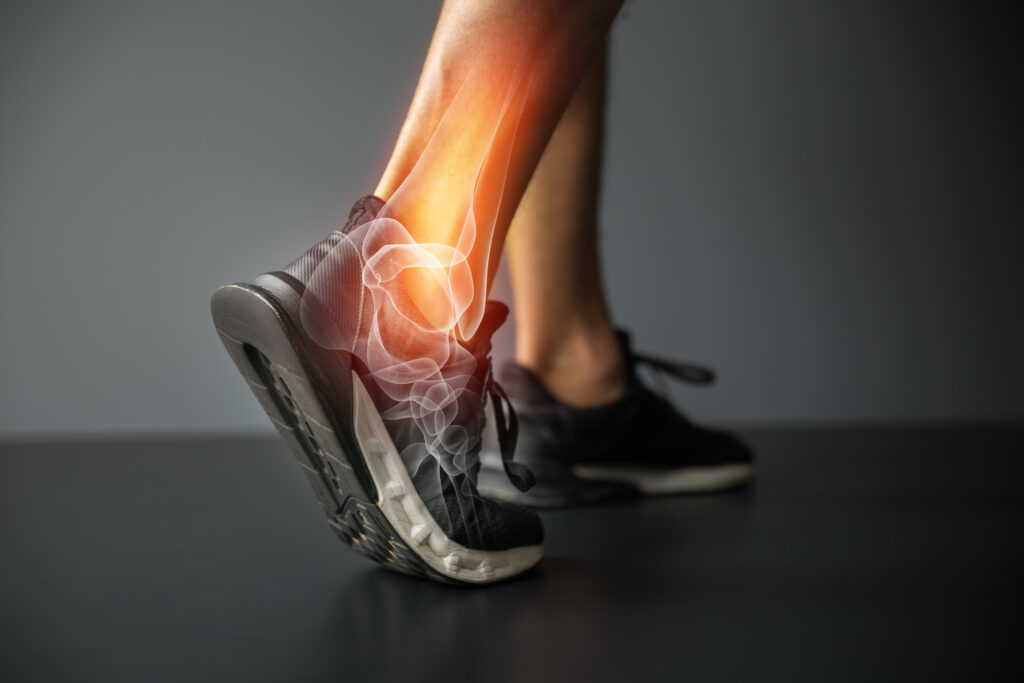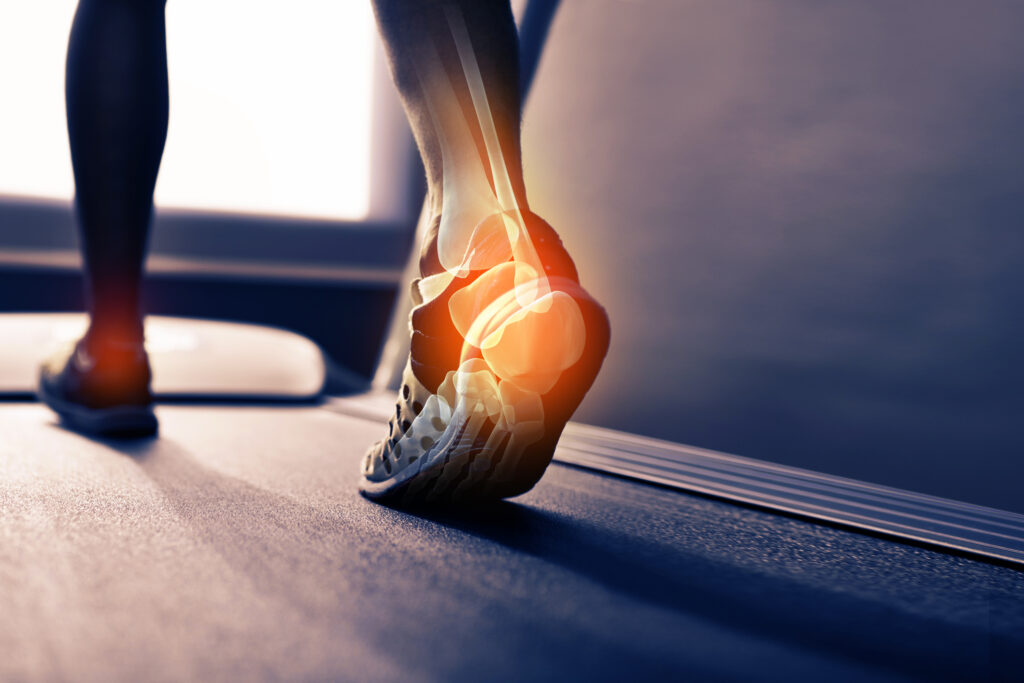Foot, albeit small but is a complex structure consisting of many bones, joints, muscle and ligaments. Ankle joint is a major component of the foot. Any pain in the foot or ankle can be quite troublesome as the foot is directly involved in movement. Ankle pain can vary from person to person. There can be a number of reasons responsible for causing pain in the ankle.
The pain can be gradual or sudden, mild or severe and different in character. Depending upon the cause and severity, ankle pain can be effectively managed at home mostly. However immediate medical help must be taken if the pain becomes intolerable, is accompanied with fever, or results in immobility. Following are 3 conditions which you should not ignore:

Ankle Fracture
In cases of trauma (road traffic accidents, falls, etc) injury to the ankle can often be missed or neglected. In these circumstances, a person can continue walking on the affected foot and thus putting weight on it. This can further aggravate the pain, delay healing and cause complications. Hence, it is very important to be cautious of the symptoms and get a full examination done as soon as possible when there is history of previous trauma/accidents.
X-ray imaging is then carried out to confirm the diagnosis and to determine the extent of the injury. Based on the imaging results (i.e. if the bones are displaced or not) it is decided if there is a need for surgery or not. Non-surgical treatment involves the use of casts to keep the bones in place and restrict movement.
X-rays are repeated after nearly 6 weeks to make sure the fracture has completely healed. During this time, painkillers are used for managing pain. The dose and dosage is adjusted according to severity of pain.
Achilles Tendonitis
The achilles tendon is located around the heel area. The inflammation and irritation of the tendon is termed as achilles tendonitis. It is commonly caused by excessive strain on the tendon. Sudden increase in the amount, time and intensity of exercise is usually the causative factor.
Occasionally, bony spurs originating from the heel bone can also irritate the adjacent tendon by the friction produced on contact. Old age, athletes and people with arthritis are particularly predisposed. The symptoms include dull ache at the back of the heel.
The pain is episodic and it might differ in severity. You might experience stiffness and swelling as well. All of the symptoms worsen on activities such as running, sprinting, climbing, etc. It is necessary to seek treatment for Achilles tendonitis as the damage over the years can lead to rupture or tear of tendon.
When looking for treatment plans, make sure to choose the one which suits you the best. An excellent institute named Orthoremedy, specializes in musculoskeletal injuries and pain management.
All their treatment strategies have minimal adverse effects. They are quick and effective as no hospitalizations are required and all the procedures are coupled with physiotherapy. This improves efficacy and produces desired results. The testimonials from treated patients are highly encouraging.
Other than that, if your pain is mild and manageable with NSAIDs, you can use RICE therapy too. It comprises of resting your ankle, using ice, compression and elevation to minimize swelling. Preventive measures such as proper footwear, adequate warming up and physical therapy can avoid further damage or complications.

Plantar Fasciitis
Plantar fascia is a thick ligament on the base of the foot, connecting the heel with toes. Due to too much pressure on the foot, this ligament can become inflamed leading to plantar fasciitis. The pain of plantar fasciitis develops gradually and is felt at the bottom of the heel. It is usually a sharp pain but can be a dull ache uncommonly. At first the pain is noticeable in the mornings which goes away after a few steps.
Similarly the pain is aggravated after exercise, not during it. Simple measures like anti-inflammatory drugs and RICE therapy can combat the pain and provide relief. Physiotherapy can also be of much benefit as it strengthens the calf muscles, reducing the load and pressure on the plantar fascia. Nevertheless, if no treatment is sought, it causes chronic heel pain.
As a result, it changes the way you walk. Therefore you can have knee problems, hip problems, back problems and gait disturbances. In extremely severe cases with persistent pain for 6-12 months, surgery or shock wave therapy is used.
Conclusion
Although there is a diverse range of causes of foot pain, timely action and care can remove any future distress in your life. Most of the time, self-care and home remedies will suffice. Still a complete examination can be extremely valuable to rule out any long term complications.
Lastly, taking good care of your feet is as important as taking care of any part of the body. Neglecting signs of foot or ankle pain may ultimately cause lifelong problems by impeding your mobility.


